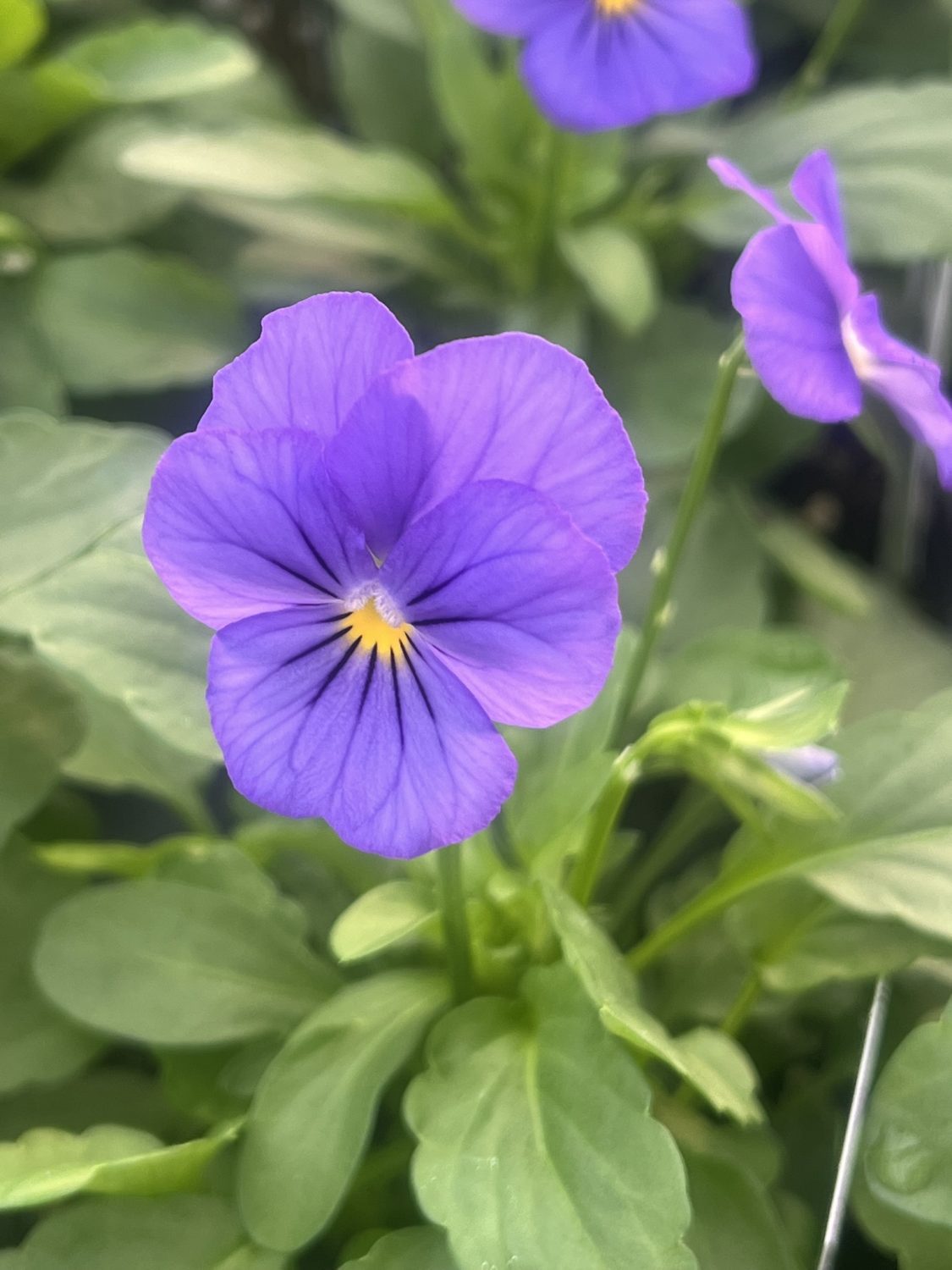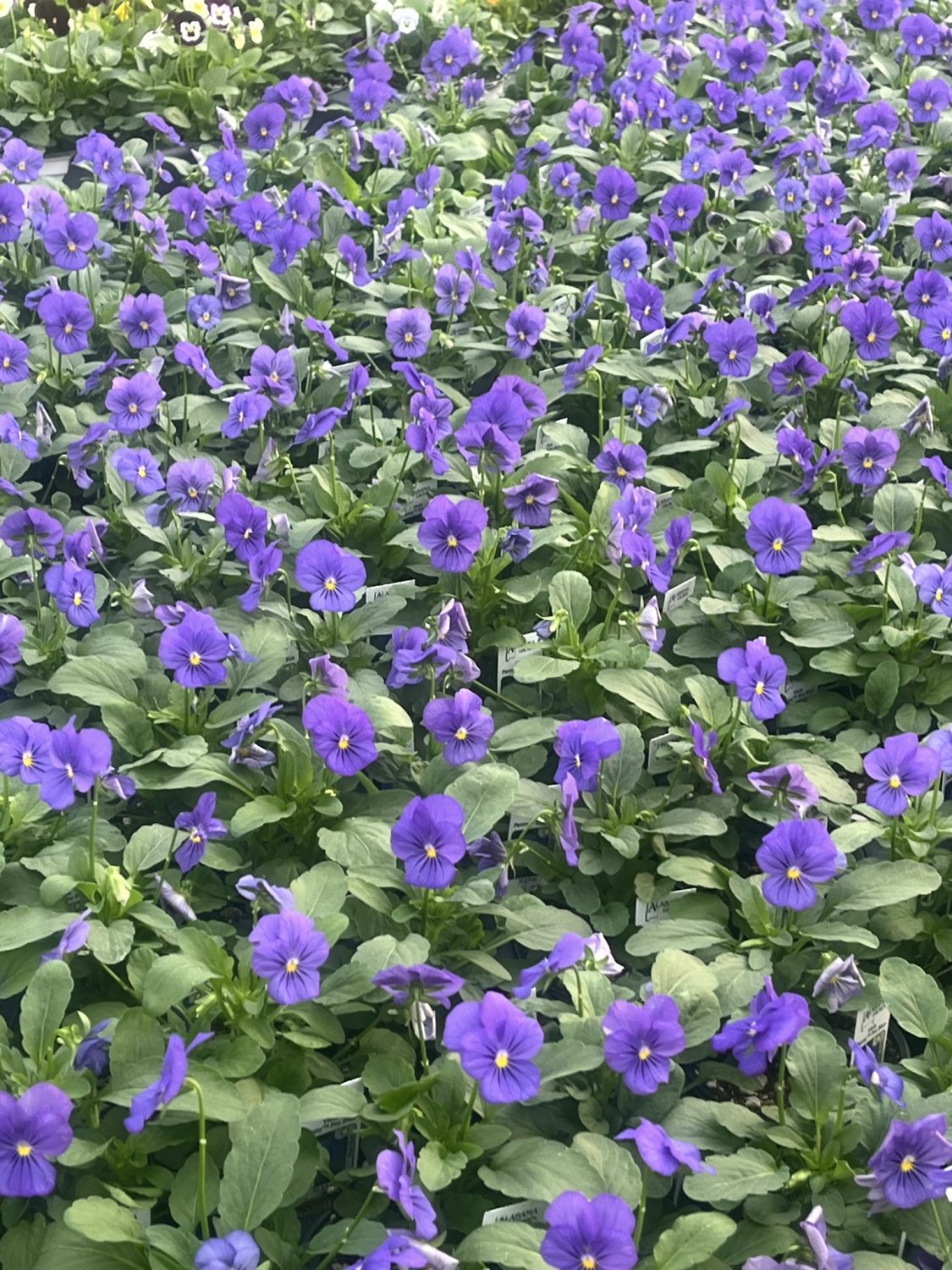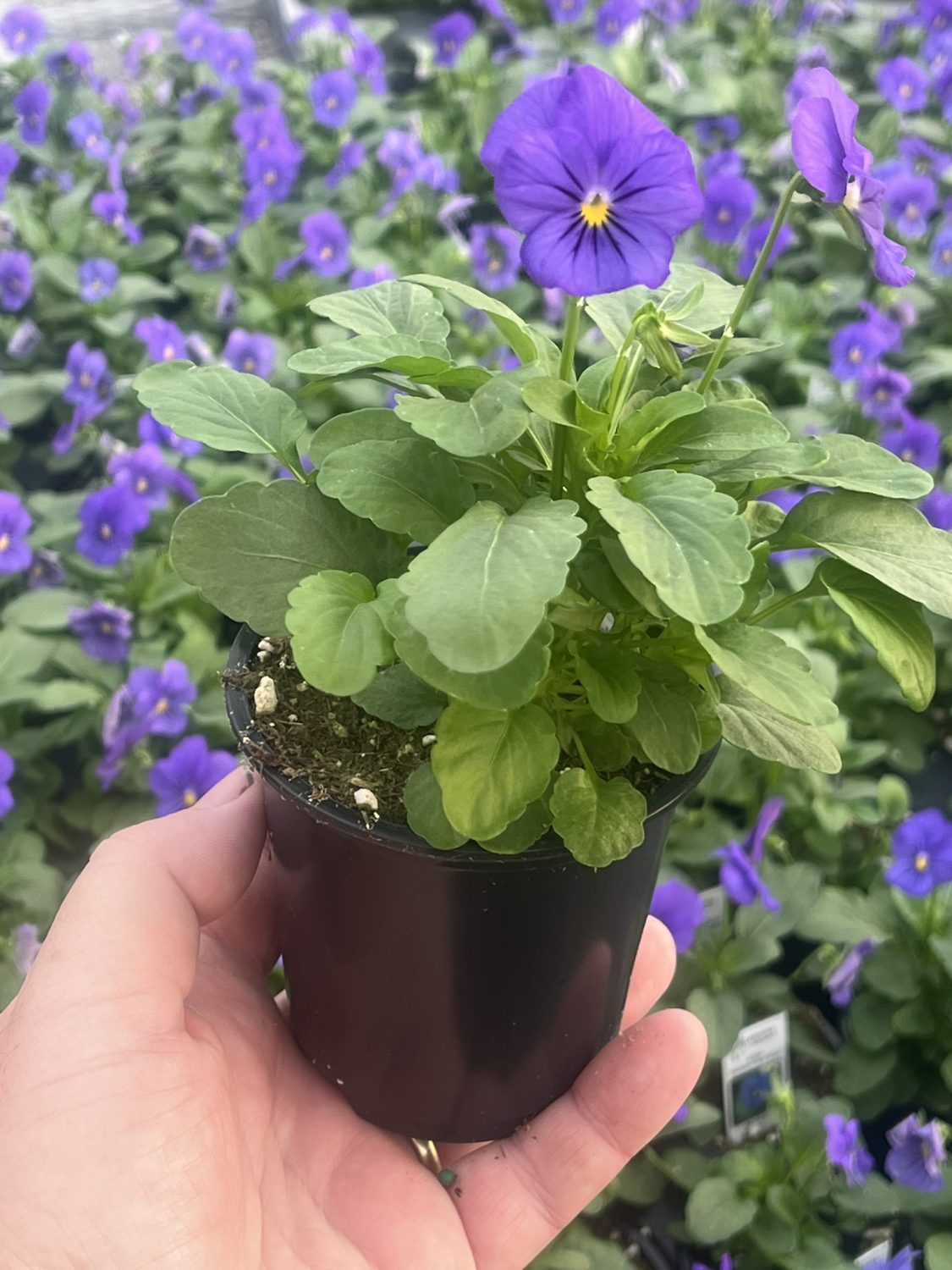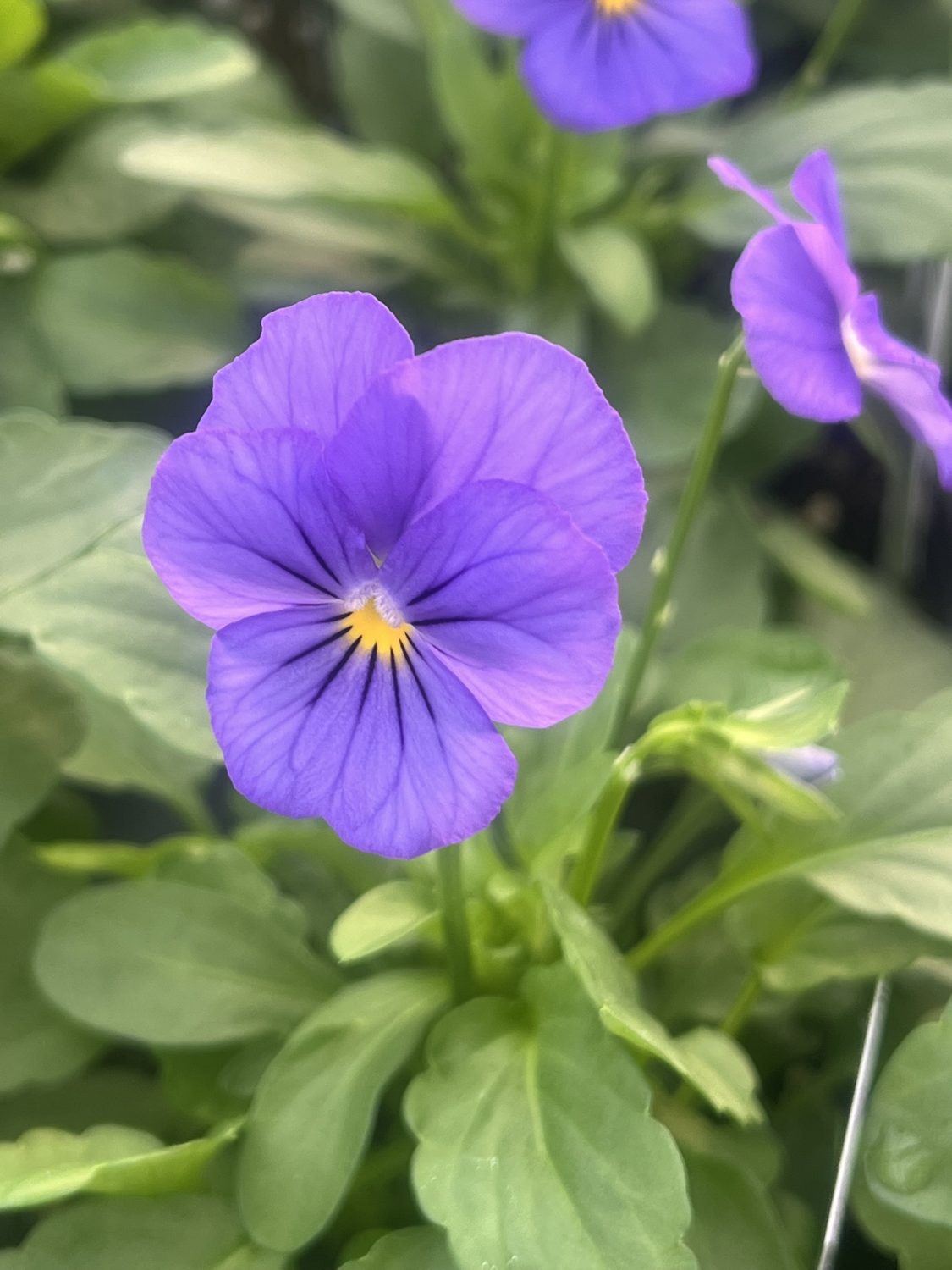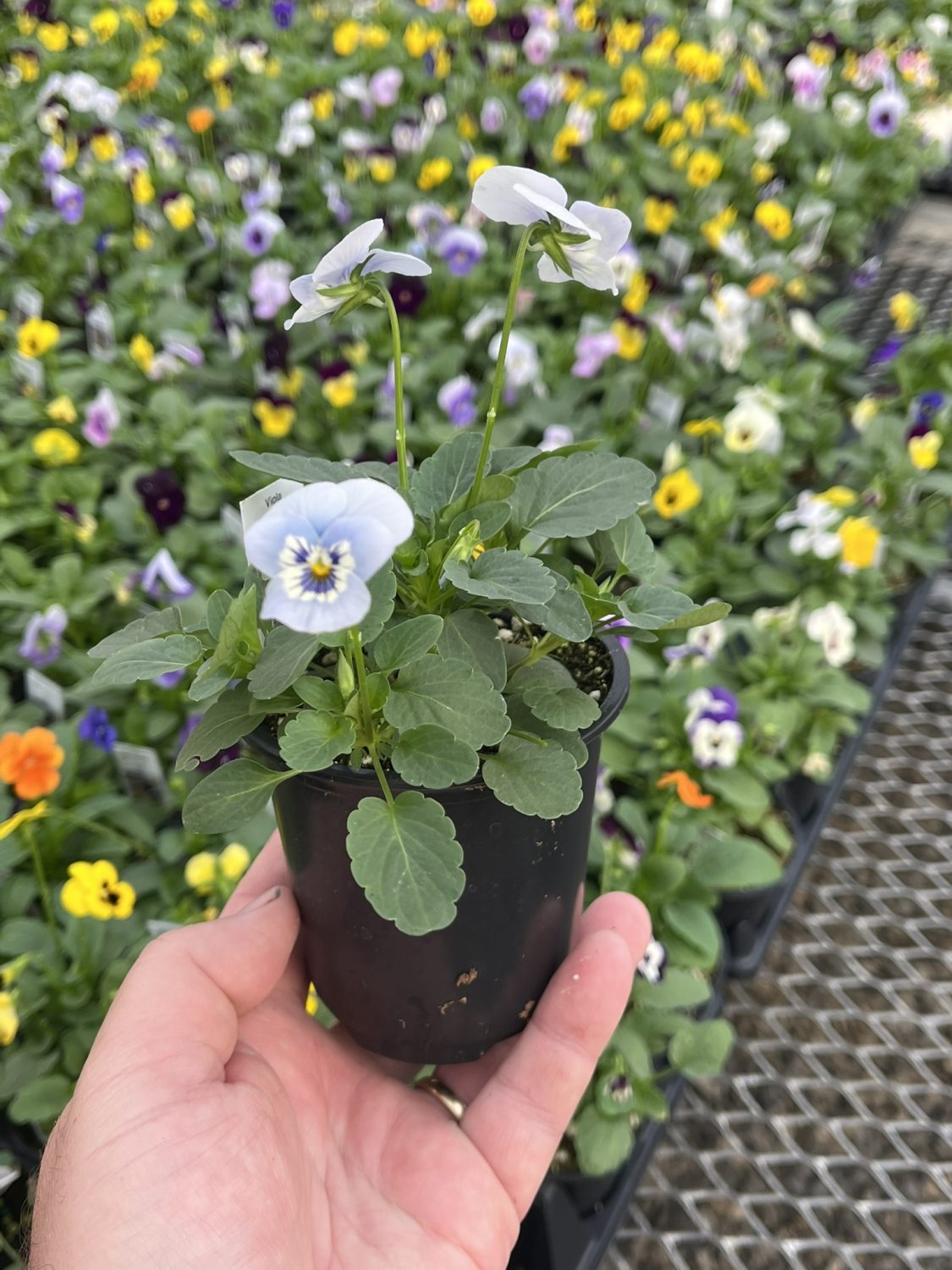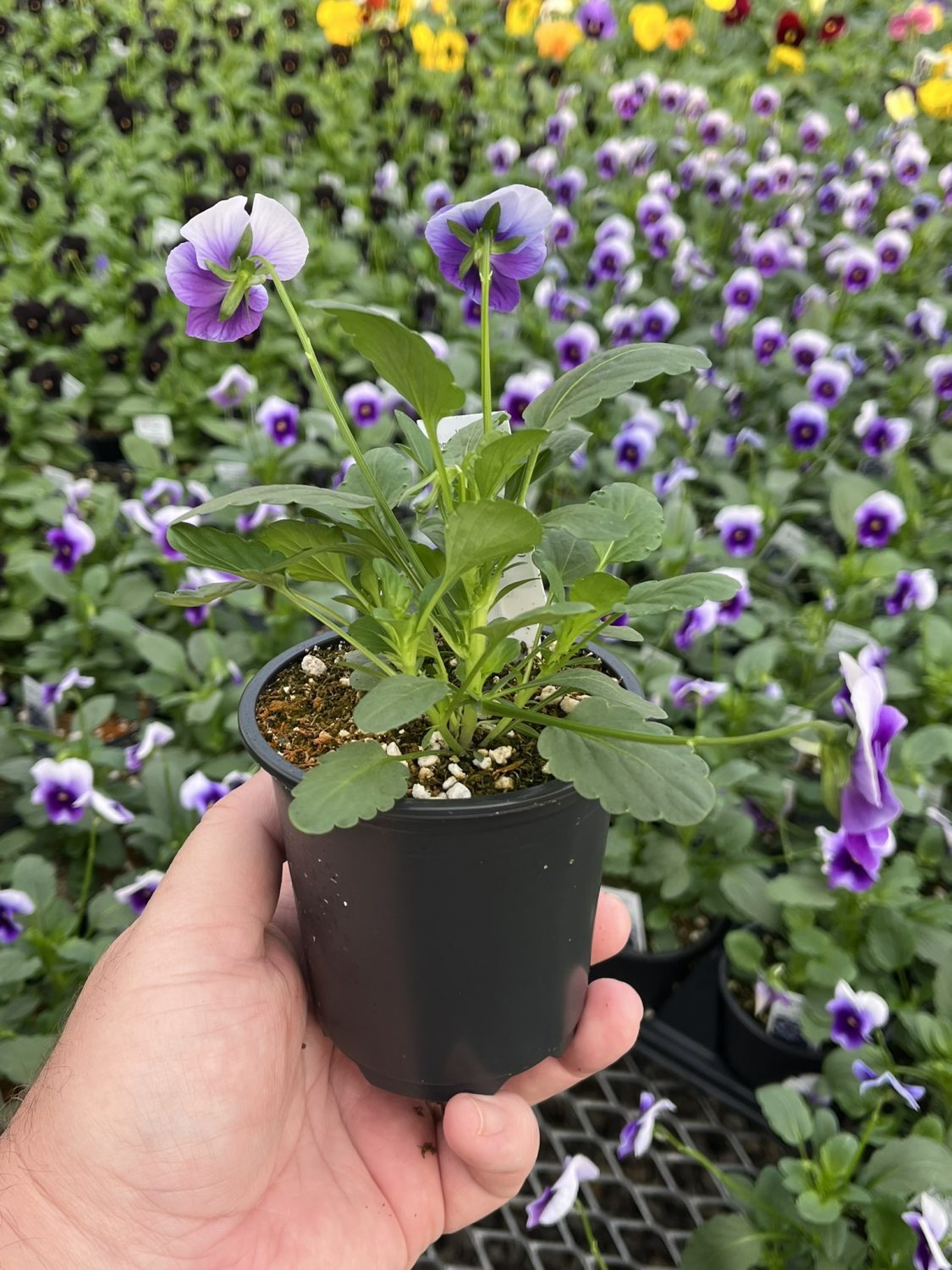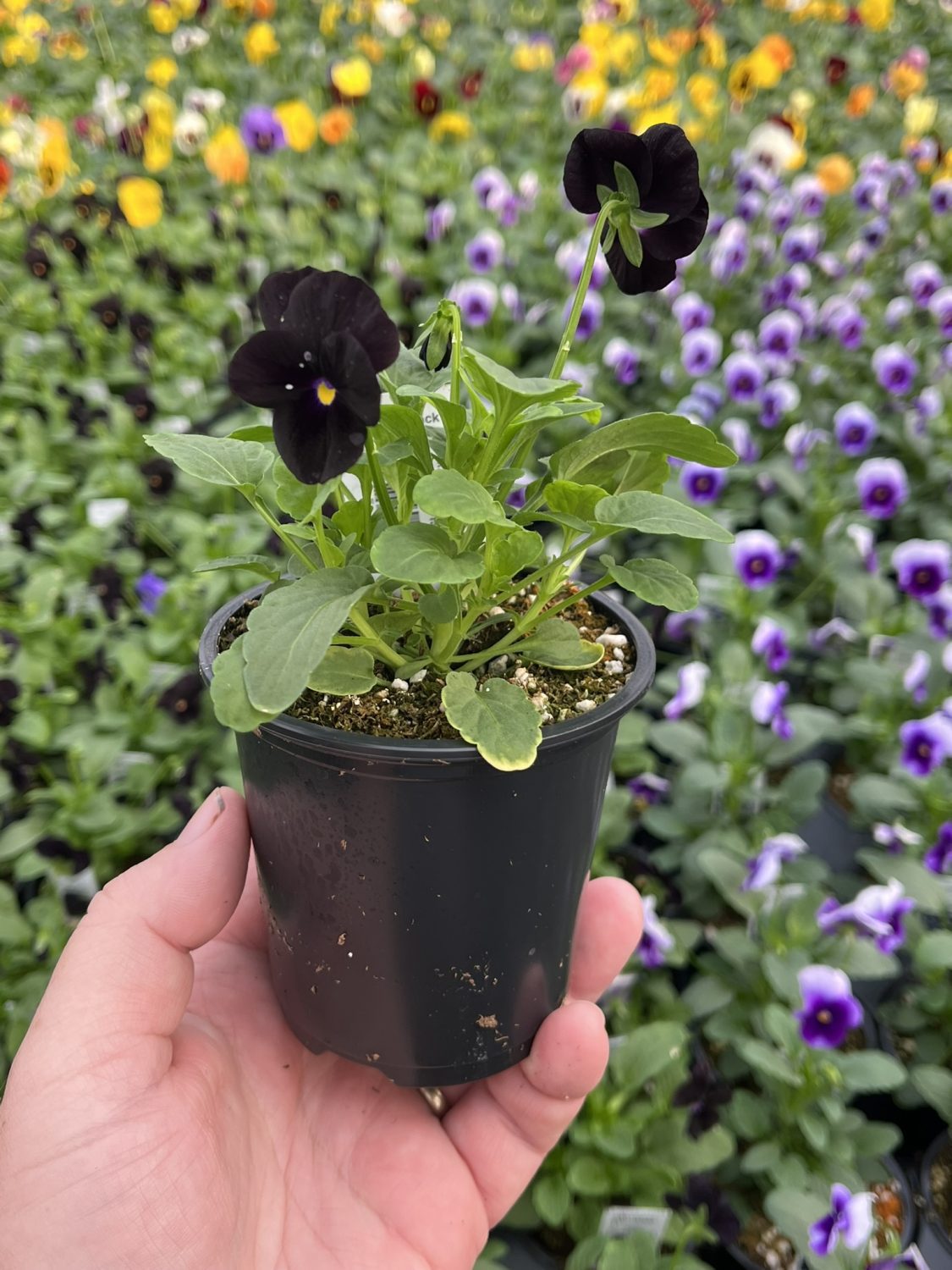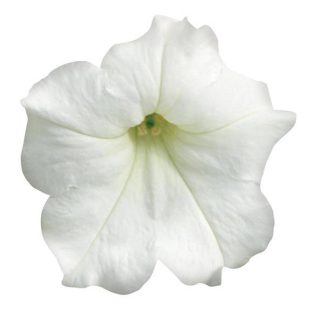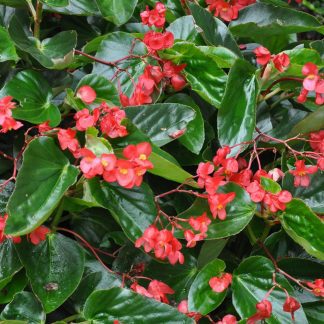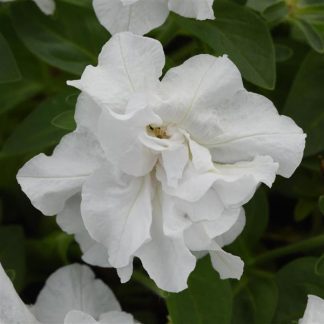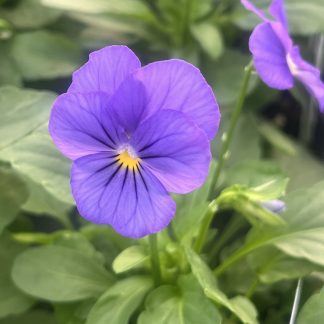Description
Viola, Blue — Cool-Season Color That Shines
When you want pure, clear color, Viola, Blue delivers. These compact bloomers pack rich sapphire, sky, and indigo tones into neat mounds of flowers. The plants are tidy. The petals are silky. And the show lasts for months in cool weather. In other words, this is the easy color pop we all love.
Below, we’ll walk through everything—what makes Blue Violas special, how to plant them, and how to keep them blooming strong. We keep the steps simple. We use plain words. And we speak as gardeners who want wins you can see.
Why We Love Blue Violas
Blue flowers feel rare. Blue violas make them common in the best way.
- True blue shades. From soft sky to deep denim.
- Long bloom window. Fall through spring in mild areas. Spring into early summer in cooler zones.
- Compact habit. Great for borders, beds, and containers.
- Low fuss. Quick to plant. Easy to enjoy.
- Bee-friendly. Early flowers bring helpful pollinators.
But most of all, Blue Violas bring calm. They cool down bright beds. They pair well with almost any neighbor. They glow in morning light. They make you stop and smile.
What to Expect in Your Garden
Height: 6–8 inches
Spread: 8–10 inches
Habit: Mounded, tidy, and full
Bloom: Prolific in cool weather
Fragrance: Light and sweet in many strains
Texture: Velvet petals with cheerful faces (some solid, some with whiskers)
Instead of stretching or flopping, these plants hold a neat shape. Each clump looks finished, even in a small pot. After more than a few weeks, they knit together, so your bed reads as a full carpet of color.
Where Blue Violas Thrive
Sun: Full sun to part shade. In warm climates, give afternoon shade.
Soil: Loose, well-drained, and rich in organic matter.
pH: Neutral to slightly acidic is ideal.
Water: Keep evenly moist, not soggy.
Violas love cool roots. If your site bakes, use mulch to shield the soil. A thin layer—about one inch—is enough. It keeps moisture in and keeps weeds down. Simple and smart.
Planting Guide (Step by Step)
1) Time it right.
Plant in early spring as soon as soil can be worked. In mild areas, plant in fall for winter-to-spring color.
2) Prep the bed.
Loosen the top 8–10 inches of soil. Blend in compost. In other words, make a soft, crumbly bed that drains well.
3) Space the plants.
Set plants 8–10 inches apart. They will fill in quickly.
4) Plant level with the soil.
Do not bury the crown. Firm the soil gently. Water well to settle everything in place.
5) Mulch and admire.
Add a light mulch. Step back and enjoy the clean blue tones.
Care Made Easy
Watering
Keep the soil evenly moist. Let the top inch dry a bit between waterings. Containers may need more frequent checks, especially on breezy days.
Feeding
Use a slow-release, balanced fertilizer at planting. Then, every 4–6 weeks, feed lightly with a water-soluble formula. Little and often keeps blooms coming.
Deadheading
Pinch off spent flowers. This simple step tells the plant to make more buds instead of seeds. It takes minutes. It pays off for months.
Heat tip
When heat arrives, blooms may pause. Give light shade and steady water. In many regions, a fall planting gives the longest, strongest show.
Design Ideas We Love
Soft-and-cool palette
Pair Blue Viola with white alyssum, dusty miller, and silver herbs. The bed feels calm. It sparkles at dawn and dusk.
Bold contrast
Set blue against yellow daffodils, orange pansies, or red tulips. The color pop is instant. It reads from across the yard.
Front-row edging
Line paths and borders with a single row. The plants stay tidy. The look is classic.
Container magic
Use window boxes, bowls, or baskets. Mix Blue Viola with trailing lobelia, ivy, or licorice plant. Add a small grass for height. Done.
Underplanting bulbs
Blue Violas hide fading bulb leaves later. In other words, they keep things pretty while the bulbs rest.
Companion Plants That Play Nice
- Spring bulbs: Tulips, daffodils, grape hyacinths
- Cool-season stars: Pansy, snapdragon, dianthus, sweet alyssum
- Edible accents: Curly parsley, chives, kale (ornamental or edible)
- Foliage foils: Heuchera, dusty miller, lamb’s ear
These partners love the same conditions. They echo the cool-season vibe. They make the blue sing.
Indoors, Patios, and Small Spaces
You don’t need a big bed. A sunny step or railing is enough. Choose a container with a drainage hole. Use a high-quality potting mix. Water when the top inch feels dry. Rotate the container each week so the plants grow evenly. That’s it.
Cold, Heat, and Zones
Blue Violas are often grown as cool-season annuals. In many zones, they act like short-lived perennials and can overwinter with protection.
- Cooler zones (3–6): Best in spring to early summer. Fall plantings may overwinter with mulch and snow cover.
- Moderate zones (6–8): Fall to spring bloomers. Peak in late winter and early spring.
- Warm zones (8–10): Plant in fall for winter color. Provide afternoon shade as days warm.
If a hard freeze is forecast, cover new plantings with frost cloth overnight. Remove covers in the morning. Simple care. Big reward.
Edible Flower Note
Many gardeners use viola petals to garnish salads, cakes, and drinks. If you plan to do that, grow them in clean soil and avoid non-edible sprays. Rinse gently and use fresh. If you grow for looks only, no worries—just enjoy the show.
Common Questions (Fast Answers)
How often should we water?
Keep soil evenly moist. In containers, check with a fingertip every day or two.
Do we need to deadhead?
Yes. Pinch spent blooms. You’ll get many more flowers.
Will Blue Violas reseed?
Sometimes. If you let seed pods mature, you may see volunteers next season.
Can they take full sun?
Yes in cool spring weather. In heat, give afternoon shade.
Are they deer resistant?
They’re not a top choice for deer, but hungry deer will sample almost anything. Use covers or repellents if deer pressure is high.
Simple Troubleshooting
Leggy growth
Not enough light, or plants are reaching for the sun. Move to more sun, or pinch lightly to shape.
Few flowers
Too much heat, too much nitrogen, or not enough deadheading. Shift to cooler spot, reduce high-nitrogen feeds, and pinch spent blooms.
Yellow leaves
Overwatering or poor drainage. Loosen the soil and let it dry slightly between waterings.
Aphids or mites
Rinse with a sharp water spray. Repeat in a few days. Encourage ladybugs and lacewings. Keep plants unstressed with steady care.
How Many Do We Need?
For a tight border, plan 3–4 plants per linear foot. For a solid bed, use 5–7 plants per square yard. In a 12-inch pot, 3 plants make a full, lush bowl of blue.
A Quick Checklist (Clip and Keep)
- Choose a sunny to part-shade spot
- Prep loose, rich, well-drained soil
- Plant 8–10 inches apart
- Water to settle, then keep evenly moist
- Feed lightly, regularly
- Deadhead for nonstop color
- Mulch to keep roots cool
- Add partners for contrast or calm
Follow these simple steps and you’ll have color for weeks and months. The plants do the rest.
Why Blue Violas Belong With Us
We all want wins in the garden. Blue Violas give easy wins. They start fast. They look finished right away. And they keep going—through chilly mornings and bright spring days. Instead of fuss and failure, you get color and calm. After more than a few seasons, you may find they are your go-to plant for paths, bowls, and beds. We feel the same way.
Bring Home the Calm of Blue
Ready to add that cool, steady color? Let’s plant Blue Violas together—clean petals, neat mounds, and a long, cheerful show. Small plants. Big impact. Bloom Bright, Grow Bold.

